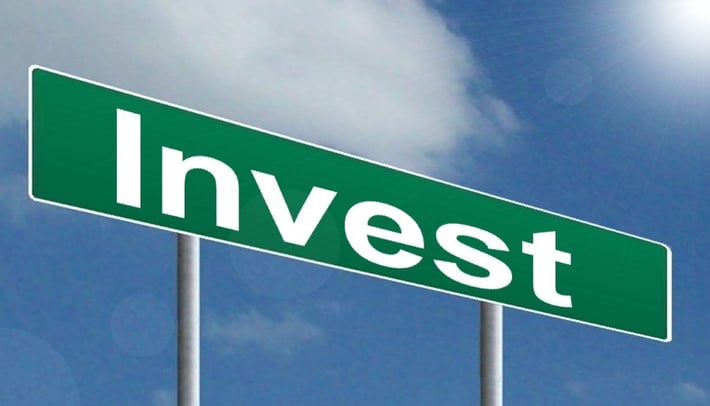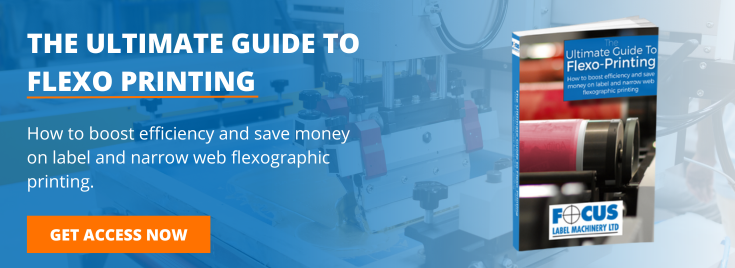
Flexo-printing is unmatched as far as accuracy, speed, versatility and quality are concerned, which is why these presses are such a popular purchase for printers both here in the UK and around the world. But there can be some disparity with regard to how much one should actually invest for a flexo-press. This is due in part to the many different options available for this equipment.
The truth is that each press will vary in terms of its level of sophistication. Automated machines are available, but this automation will come with a price. The story is the same with colour options; the more colours a press can print at one time, the more the press will cost.
As a rule of thumb you should always be prepared to invest for quality, as compromising on this will lead to increased costs in the long term. Having the right press, with the right range of features and configuration, will always pay off in the long run, even if it requires a larger investment, as it will allow you to make your operation more efficient and cost-effective. This can result in a larger print capacity and reduced running costs.
Required Investment vs. Operating Cost
A highly-specialised press can cost in excess of £600,000 to purchase. New presses capable of printing multiple colours will require an investment of £150,000 to £295,000. Whilst the initial outlay may be significant, these presses do include features and capabilities which will lower you’re operating costs over the long term. Finance is also usually available for these capital investments.
Flexo-Press Features That Can Increase Efficiency & Lower Costs
Several options are available which can increase the efficiency of a narrow web flexographic label press and lower your overall costs.
- Automation & Drives
Presses with non-servo drives allow for limited automation of certain processes, but are largely manually operated. Automatic adjustment of tension, print speed and register, as well as self-adjustment and monitoring, are all available on flexo-presses with a full servo drive. A partial servo drive will also have some of the options of the full servo drive presses, albeit on a more limited scale.
One thing to consider is that the higher the level of automation of your flexo-press, the less manpower that will be needed to run it, which will both increase efficiency and lower your overall cost.
- Drying Systems
The drying systems of flexo-presses can also lower your overall costs. For example, the ability to cure inks with UV, infra-red or high-pressure air will allow for greater efficiency when finishing jobs. LED drying systems are also available, which require less energy and therefore will be less of a cost to your facility.
- Temperature Control
If you plan to print films and synthetics, your press will need to include some form of temperature control system. Usually, this will be available with chilling rollers. These rollers can actually serve two purposes: they can be used to cool high-temperature drying systems, and can be used to regulate the temperature of the substrate as it passes through the press.
Press Types
In addition to the many options available for each press, there are also a number of press types to choose from which may or may not increase efficiency and lower your costs, depending on your requirements for production and space.
- Central Impression
The central impression press is the most commonly used in flexographic printing. Central impression presses are well-suited for narrow web printing, and can hold as few as four to as many as ten colour stations, all positioned around a central impression cylinder, which can have a diameter of over one metre.
- Stack
The stack press is suited for narrow web and other types of printing. What makes this kind of press unique is that its colour stations are vertically stacked. The substrate moves through the stacked colour stations and colours are imprinted on it as it passes. These tall presses also offer a space-saving means to print on several substrates.
- In-Line
The in-line press features colour stations arranged horizontally from the front to the back of the machine. Suitable for both narrow and mid-web printing, some in-line presses can also accomplish reverse printing with ease. This type of press can also handle the integration of new technologies, allowing it to grow with your company.
Our Guide To Flexographic Printing
The key to obtaining the best narrow web flexo-printing press for your requirements is to first determine a realistic budget and then decide on the features you really need. To help you come to the right decision we have written a free Guide to Flexographic Printing. Full of useful information about modern flexo-printing technology, you can access your free copy by clicking here.







